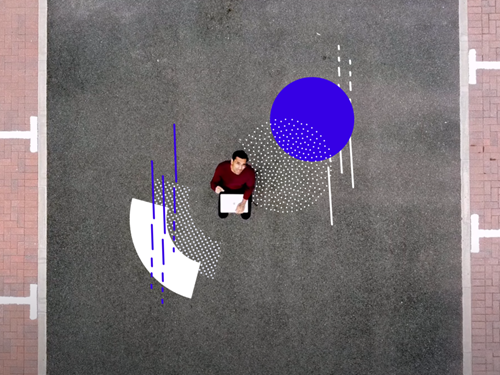This article is part of our What We Learnt Spending $1 Million On Paid Ads Over 30 Days series. Check out the others HERE.
At one point during the UK’s first lockdown, we were averaging around 1,000 customers a day. This was the really crazy bit. The peak. The moment we knew something unexpected was happening.
Looking back, the figures are pretty staggering. For example, on a single day in May 2020, we topped out at around $54,000-worth of ad spend across Facebook and YouTube. On another day, we invested $46,000 and made $72,000 in total revenue. That’s $26,000 of profit… in just one day. And it went on like that for around two to three months. Remarkable, really.
We’re not telling you this to toot our own horn. Far from it. Our aim is to share our story and to show what’s possible. The message is simple: if you’re prepared to act when things are going well, even better things can happen. If we can do it, so can anybody.
Scale Up, Double Down
We’re of the opinion that if you can make one sale, you can make 10. And if 10 people will buy what you’re selling, a 100 probably will. It’s a pretty simple formula but one that has paid off for us incredibly. So, when sales started to creep up in the first few months of 2020, we knew there was potential to scale. When people are buying, you might as well try and sell more.
With Facebook ads, you get real-time data, so trends are easier to spot
For us, the scaling happened very quickly (for reasons mentioned here). YouTube ad spend went from $700 a day to $27,000 in just 10 days. Now, that’s a pretty big jump. Massive, in fact, but we knew that the signs looked good, so we went with it. With Facebook ads, you get real-time data, so trends are easier to spot. Decisions like this aren’t made gung-ho. They’re informed, discussed and actioned… collectively.
Not that it’s all shaped by hard numbers (data). A lot of intuition goes into it as well. The best bet is to set aside a testing budget and go with it. You’ll see pretty quickly whether it’s working or not.
Another thing to bear in mind is the product or service. For Viddyoze, we’re in the business of selling video animation software, so a traditional supply chain is not a major issue for us. In contrast, if you’re selling a physical product, you’ll only be able to scale up your ad spend to a point that you can deliver on. We can pretty much keep going on and on.
Be Brave – But Not Stupid
When it comes to Facebook, the scale of reach is almost unfathomable – after all, around 2.7 billion people (active users) around the world use the social media platform every month. Meaning, when you’re seeing those off-the-chart numbers roll in, it can be tempting to keep pushing for more. In fact, the numbers don’t even have to be that crazy: when you’re making sales, it’s easy to get carried away with your ad spend.
Every campaign has a lifespan, and one day the numbers will change
See the bigger picture. That’s our advice. At the end of the day, every campaign has a lifespan, and one day the numbers will change. And if they change when you’re still spending big, there’s the very real risk you can end up getting hurt. So, just as you needed to use the data (and your gut) to scale up, you need to do the same for scaling down at the other end. Knowing when to call time on a great campaign is key to being a top media buyer.
Can You Ever Waste Money With Paid Advertising?
Scaling up your ad spend doesn’t automatically mean you’re going to make thousands of sales. Ultimately, that’s the goal, of course, but there’s more to Facebook ads than cold, hard profit.
The more eyes on your product, the better
For every ad you make, you’re hopefully getting a ton of clicks. This is a constant stream of data, which you can then use to create new Facebook audiences. In the long run, that’s pretty valuable stuff. It’s also valuable brand awareness. The more eyes on your product, the better. They might not buy this time, but they could next time.
Trust Yourself And Your Product
What happened to us during the first lockdown probably won’t ever happen again – not to those dizzying heights, anyway. The point is, scaling up and down is a constant process.
Our success came because we believed in our product and we were ready to act at a point in time when an outrageous number of people really, really wanted it. That may have been the sweet spot, but since then we’ve found a steady, happy medium. Will it happen again like that? Probably not. Will we be ready if it does? 100%.























